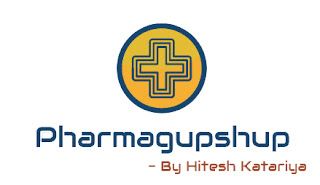 Many of the marketed drugs and a large proportion (40%) of potentially bioactive
Many of the marketed drugs and a large proportion (40%) of potentially bioactivemolecules from drug discovery are poorly soluble in aqueous and nonaqueous solvents
(Lipinski 2002).
Administration of poorly soluble drugs by oral route leads to
decreased bioavailability because of the dissolution rate-limiting absorption in the GI
tract. A traditional method used for solubility enhancement is the particle size reduction
technique based on high shear or impaction such as milling or grinding.
The use of this technique can be limited by high polydispersities in particle size, long processing
times, and shear-induced particle degradation. Limited success has been achieved
by novel techniques such as self-emulsifying systems, liposomes, pH-adjustment, and
salting-in processes. However, there is no universal approach applicable
to all drugs.
Nanosuspensions have emerged as a potential solubility-enhancing technique
in the last few years as evidenced by a number of nanosuspension-based
formulations in clinical trials and in the market (Rabinow 2004).
Nanosuspensions are colloidal dispersions containing drug particles dispersed in an
aqueous vehicle in which the diameter of the suspended particle is <1 mm in size.
The basic principle of this technique is to reduce the size of the drug particles to a
submicron range.
Reducing the particle size to a submicron range increases the surface area
to be in contact with the dissolution medium and consequently the dissolution rate.
Nanosuspensions have a number of potential benefits compared with conventional
methods.
Nanosuspensions allow to incorporate a high concentration of drug in a
relatively low volume of fluid; provide a chemically and physically stable product;
and can be used for controlled and targeted delivery of drugs. In addition, nanosuspensions
can be used for drugs that are water insoluble (<0.1 mg/ml) and for drugs
insoluble in both water and organic solvents.



0 comments:
Post a Comment